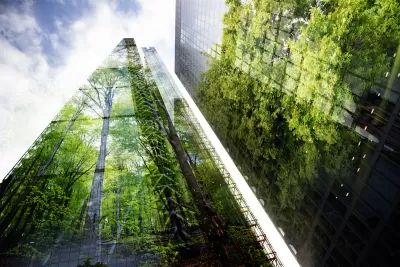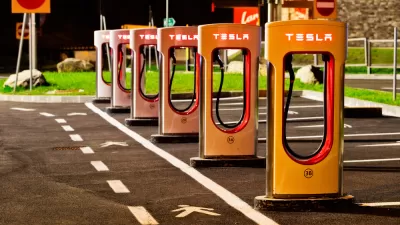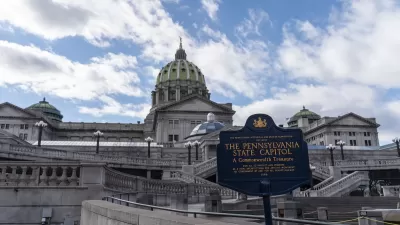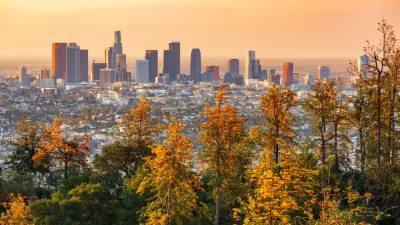The concept of biourbanism views cities as natural systems, but brings a data-driven approach to quantifying and mitigating the impacts of climate change.

To confront climate change, Australian designer Adrian McGregor calls for thinking about cities as part of, not in opposition to, nature. As Keira Wright explains in an interview with McGregor for Bloomberg, “With cities responsible for over 75% of greenhouse gas emissions, designing smart and sustainable cities is the single most pressing challenge in confronting climate change.”
McGregor sees cities as “spectacular living, dynamic systems that evolve with us” that should be classified as “novel nature” or a “human-modified biome” to understand how to increase cities’ resilience in the face of climate change. McGregor’s concept of ‘biourbanism’ “focuses on the urban organism, considering it as a hypercomplex system, according to its internal and external dynamics and their mutual interactions.” The concept includes an urban structure focused on “10 interconnected systems: citizens, economy, energy, infrastructure, mobility, technology, water, waste, landscape and food.”
Despite the focus on natural systems, McGregor also believes technology can play an important role in mitigating the impacts of climate change and helping reduce our carbon footprint. One example is ‘digital twins,’ “models that simulate a real city linked to real data that can enable governments to “undertake climate impact testing and also plan for resilience by prioritizing investment and infrastructure spending in the right places.” McGregor’s data- and tech-centric approach focuses on transparency and access to data as first steps in understanding and reducing energy use and decarbonization.
FULL STORY: Why Thinking of Cities as Nature Is Key to Fighting Climate Change

Study: Maui’s Plan to Convert Vacation Rentals to Long-Term Housing Could Cause Nearly $1 Billion Economic Loss
The plan would reduce visitor accommodation by 25,% resulting in 1,900 jobs lost.

North Texas Transit Leaders Tout Benefits of TOD for Growing Region
At a summit focused on transit-oriented development, policymakers discussed how North Texas’ expanded light rail system can serve as a tool for economic growth.

Using Old Oil and Gas Wells for Green Energy Storage
Penn State researchers have found that repurposing abandoned oil and gas wells for geothermal-assisted compressed-air energy storage can boost efficiency, reduce environmental risks, and support clean energy and job transitions.

Private Donations Propel Early Restoration of Palisades Playground
Los Angeles has secured over $1.3 million in private funding to restore the Pacific Palisades playground months ahead of schedule, creating a modern, accessible space that supports community healing after recent wildfires.

From Blight to Benefit: Early Results From California’s Equitable Cleanup Program
The Equitable Community Revitalization Grant (ECRG) program is reshaping brownfield redevelopment by prioritizing projects in low-income and environmental justice communities, emphasizing equity, transparency, and community benefits.

Planting Relief: Tackling Las Vegas Heat One Tree at a Time
Nevada Plants, a Las Vegas-based nonprofit, is combating the city’s extreme urban heat by giving away trees to residents in underserved neighborhoods, promoting shade, sustainability, and community health.
Urban Design for Planners 1: Software Tools
This six-course series explores essential urban design concepts using open source software and equips planners with the tools they need to participate fully in the urban design process.
Planning for Universal Design
Learn the tools for implementing Universal Design in planning regulations.
Ascent Environmental
Borough of Carlisle
Institute for Housing and Urban Development Studies (IHS)
City of Grandview
Harvard GSD Executive Education
Toledo-Lucas County Plan Commissions
Salt Lake City
NYU Wagner Graduate School of Public Service





























